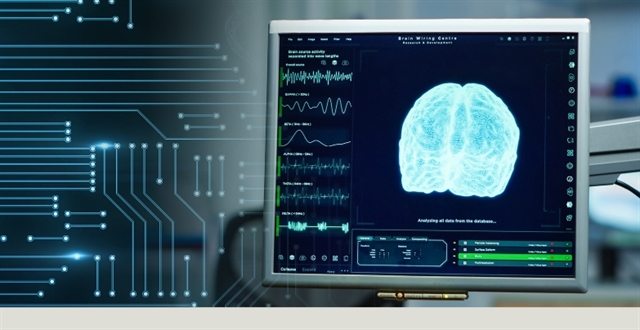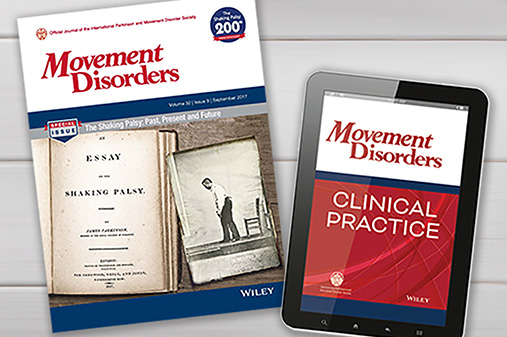
Device-Assisted Therapies
Learn the essentials of device-assisted therapies (DAT) for Parkinson's disease in this on-demand course series from leading experts.
Gain a comprehensive overview of the currently available device-assisted treatment options for advanced Parkinson's disease, including infusions, intestinal gel, DBS, and more. This 10-module series will enable you to:
- Identify patients who may or may not benefit from the treatment
- Recognize the titration and the monitoring of clinical response
- Manage the main complications
- Compare these treatments with conventional oral dopaminergic therapies, as well as against each other
An overview of DATs in PD and considerations for candidate selection
Understand the need for DAT, and when to consider this type of treatment in patients with PD. Learn the broad criteria to choose between different types of DAT.
![]() Alfonso Fasano
Alfonso Fasano

Subcutaneous infusions: Rationale, mechanism of action, current evidence, indications, and adverse effects
Learn about the available subcutaneous infusions for the treatment of Parkinson’s disease, including patient selection, current indications, potential adverse effects, and the mechanism of action.
![]() Tove Henriksen
Tove Henriksen

Intestinal infusions: Rationale, mechanism of action, current evidence, indications, and adverse effects
Learn about the currently available interstitial infusions for the treatment of Parkinson’s disease, including patient selection, current indications, possible adverse effects, and the mechanism of action.
![]() Francesca Morgante
Francesca Morgante

Deep brain stimulation: Rationale, mechanism of action, current evidence, indications, and adverse effects
Learn the rationale and mechanism of action, indications for DBS, available anatomical targets, and complications of surgery.
![]() Robert Jech
Robert Jech

Brain ablations: Rationale, mechanism of action, current evidence, indications, patient and target selection, and adverse effects
Explore the rationale and mechanisms of action behind brain ablative therapies, including MRgFUS, Gamma Knife Surgery (GKS), and MRI-Guided Focused Ultrasound. Patient selection, current indications, potential adverse effects, long-term follow-up, and management strategies will also be discussed.
![]() Raúl Martínez Fernández
Raúl Martínez Fernández
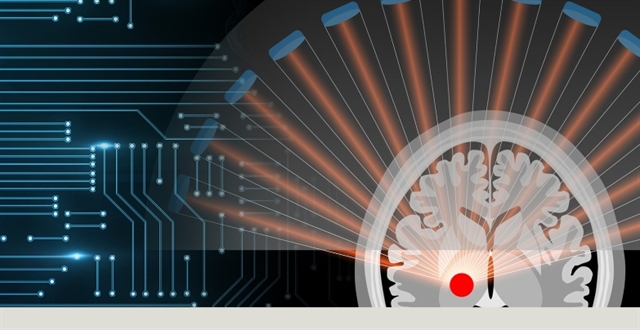
Starting and managing a patient on subcutaneous apomorphine
A comprehensive, step-by-step guide for physicians on initiating and managing subcutaneous apomorphine therapy using both pen and pump delivery systems. Key topics include dosing, titration, management of common side effects, and patient and caregiver education.
![]() Onanong Phokaewvarangkul
Onanong Phokaewvarangkul

Starting and managing a patient on subcutaneous foslevodopa/foscarbidopa
Gain significant insights and practical tips on how to select good candidates for subcutaneous foslevodopa/foscarbidopa infusion therapy, as well as its initial and long-term therapy, and avoid or treat the device-related complications.
![]() Justyna Sarna
Justyna Sarna
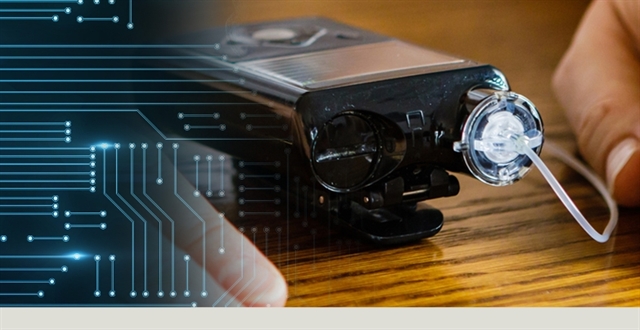
Starting and managing a patient on levodopa-carbidopa intestinal gel and levodopa-carbidopa-entacapone intestinal gel
Gain a deeper understanding of the clinical indications and patient selection criteria for initiating LCIG and LCEIG therapies.
![]() Maja Trost
Maja Trost

Deep brain stimulation: Selecting patients for DBS
Delve into evaluation of patients for DBS, anatomical targets, and different available programming options.
![]() Renato Munhoz
Renato Munhoz
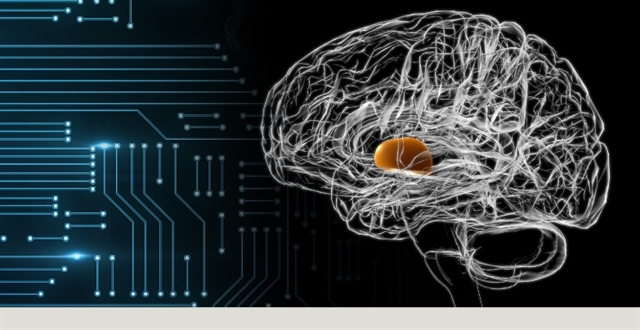
Programming a patient with DBS
Learn about programming a patient with DBS, from fundamental principles to patient-specific considerations and safety precautions, troubleshooting strategies, and optimizing therapeutic outcomes.
![]() Drew Kern
Drew Kern
